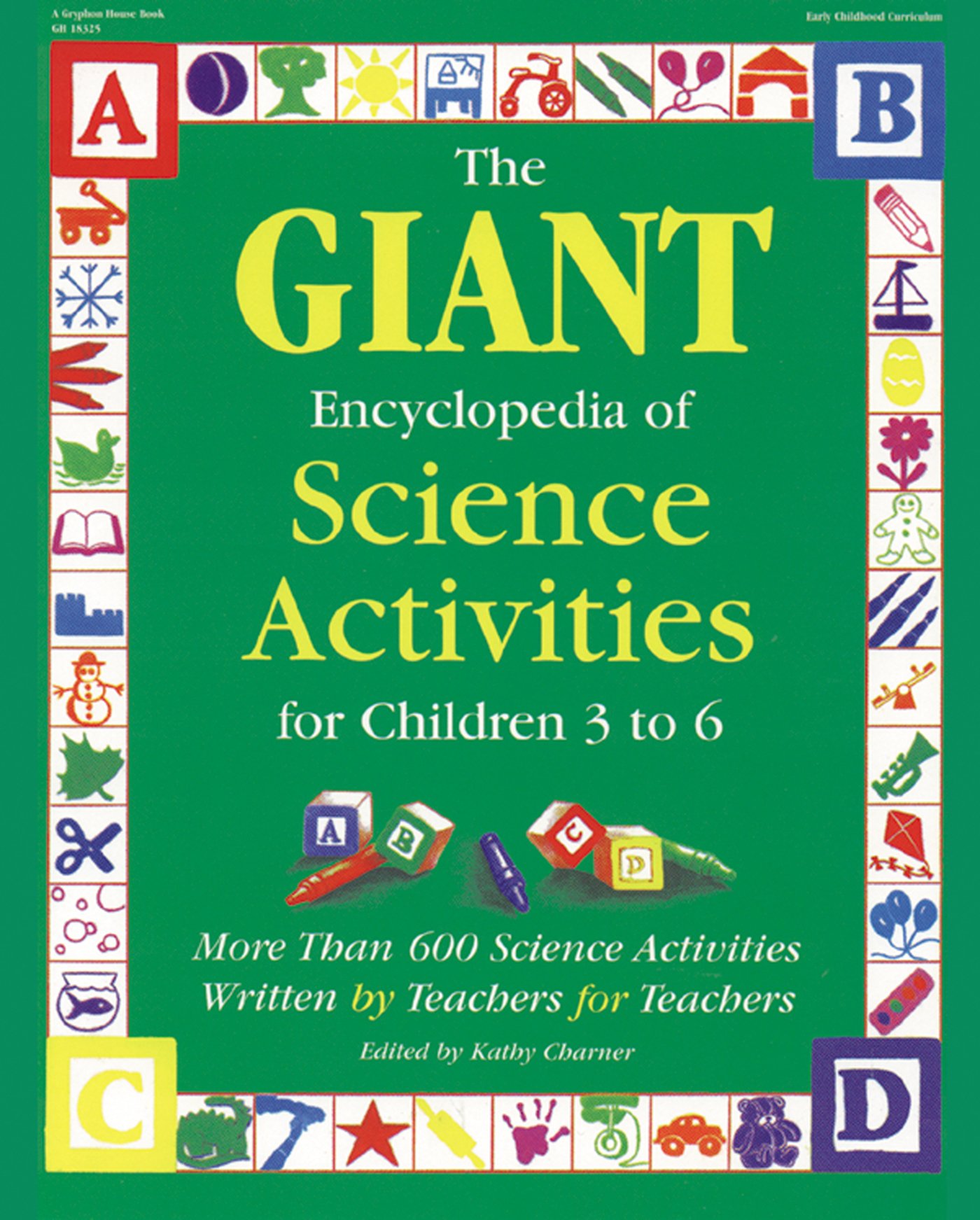Materials
Seashells of all shapes and sizes and/or small pieces of driftwood from the beach or craft store
Cardboard cut into pieces of various sizes
Poster paint or watercolors
White glue
Fishing wire
Optional: a power drill, small wiggle eyes
Instructions
1. Divide the children into small groups.
2. Give each group of children some seashells. If you do this project as a follow-up to a trip to the beach, let the children use the shells they collected themselves.
3. Have the groups sort and classify the seashells and tell what their classifications are (colors, shapes, etc.).
4. Ask the children to count the shells in each category and write the number down. Let them take turns reporting their findings to the class.
5. Discuss what animals lived in the shells.
6. Let the children do one or more of the following activities with their shells: paint their shells with poster paint or watercolors; glue shells onto the cardboard to make a sculpture; make shell creatures by gluing shells together and gluing eyes on the shells; have an adult drill holes in the shells and driftwood and then use the fishing wire to tie the shells to the driftwood to make shell mobiles; use the drilled shells to make jewelry.
7. Discuss how Native Americans used shells for money and jewelry. Show the children pictures and read them related books.More to doField trip: Take the children to a museum to see Native American art.Language: Encourage the children to dictate a story about who they think lived in the shells and how they think the shells ended up on the beach.
